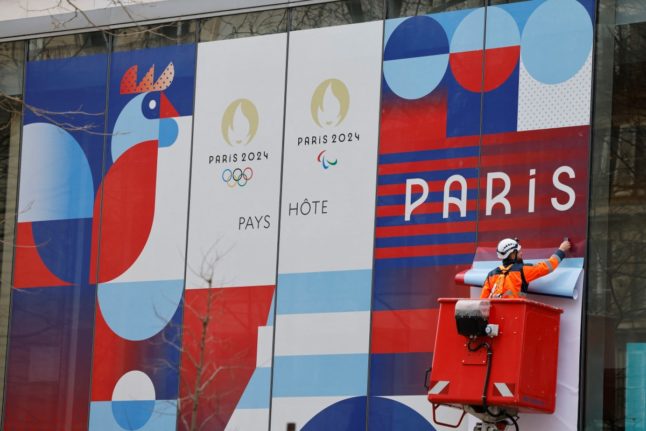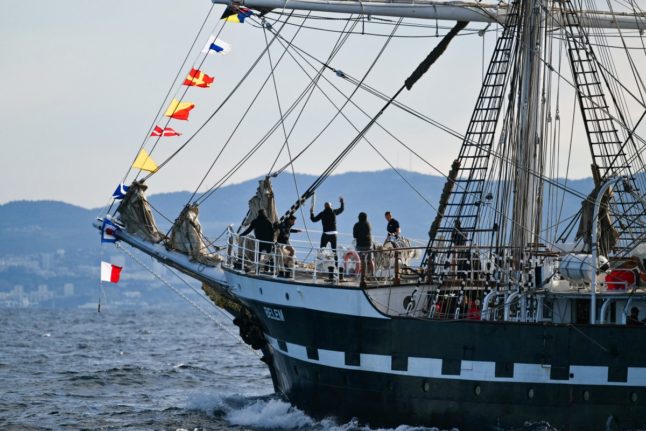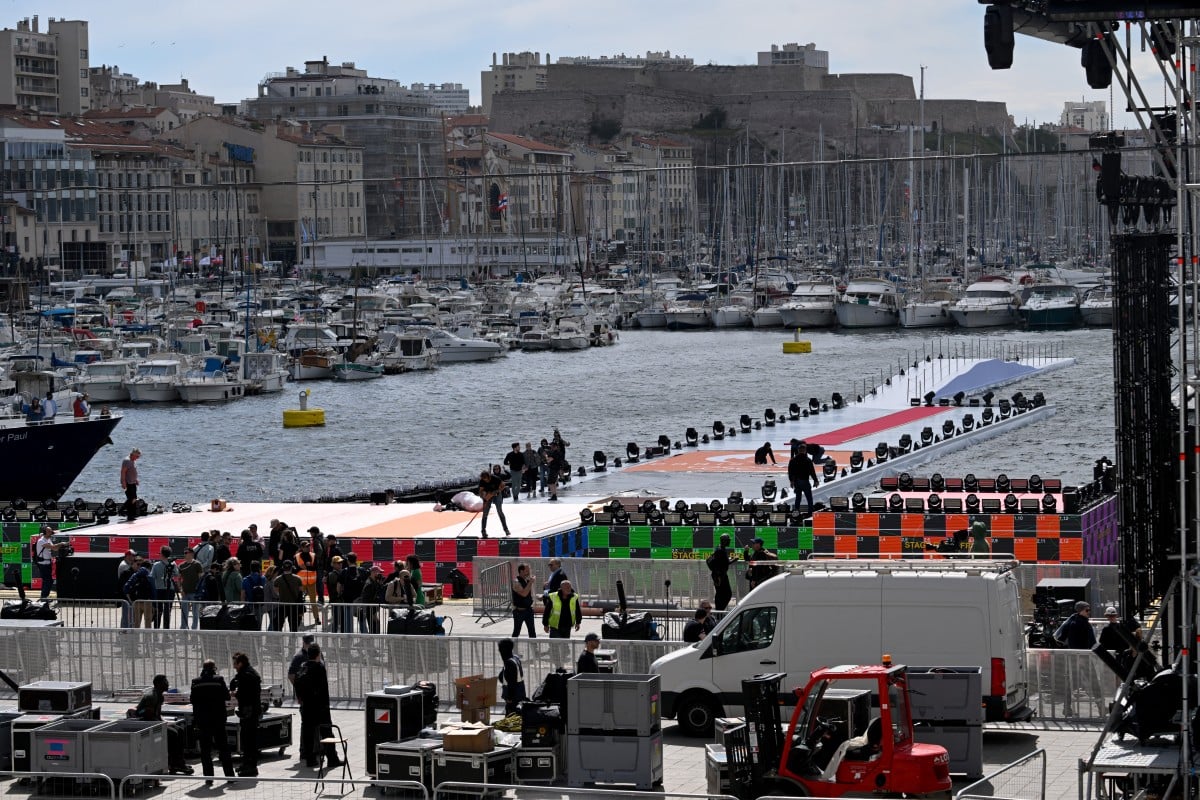Games venues
One of the features of the Paris 2024 Olympics and Paralympics is trying to put events in the ‘heart of the city’ – which means that many events are in very central venues, including the Champ de Mars (under the Eiffel Tower), Les Invalides, the Grand Palais and the River Seine itself.
MAP Where will Paris 2024 events be held?
There are some events being held a little further afield, however, including equestrian events at Versailles (about 20km outside the city) and kayaking at Vaires-sur-Marne, which is about half way between Paris and Disneyland.
If you’re watching athletics events at the Stade de France, or swimming at the new aquatics centre next to Stade de France, be aware that the stadium is not in the city itself, but in the northern suburb of Saint-Denis.
You can find the complete list of Games venues HERE.
Transport to Games venues
So what’s the best way to get to these?
City centre – Any of the city-centre venues are easily accessible by public transport – either Metro or buses – and they are established tourist venues so they’re well signed. If you’re staying in Paris it’s also worth checking on the map exactly how far away you are – Paris is a very compact capital city and many venues are within easy walking distance of each other.
Paris is increasingly a walkable city with extra space dedicated to pedestrians. You can also use the city’s bike hire scheme Vélib’, although e-scooter hire platforms are no longer allowed to operate in Paris.
If you’re planning on taking public transport then it’s a good idea to download a transport app such as CityMapper, Google Maps or Ile de France Mobilities which can give you detailed route plans, based on the latest information about services, delays or disruption.
Is it a good idea to rent a car in Paris?
Driving in the city centre can be complicated and finding parking near to any of the Games venues is likely to be difficult so if you want to get there by car you would be better getting a taxi – Paris has a city taxi fleet that can be hailed on the street, plus app-based ride shares (known as VTCs) such as Uber, Bolt or French equivalents G7 or Heetch.
What you need to know about taking a taxi in Paris
Accessibility – if you have limited mobility you will likely not be able to use the Metro, as only a tiny percentage of the network is fully accessible. Paris buses are all listed as accessible with drop-down steps and wheelchair spaces, although the pavements around the bus stops are not always completely accessible.
For the Games, the city of Paris is recruiting extra taxi services with fully-accessible vehicles while VTCs also offer accessible vehicles.
ANALYSIS: How accessible is Paris for people with disabilities
Stade de France – although the Stade de France is not far out of the city itself it is not an easy destination to walk to, since the route involves crossing several motorways. The stadium is accessible by bike – a cycle path runs along the canal from Parc de la Villette in northern Paris to the stadium, a distance of around 5km. There is bike parking at the stadium, plus extra Vélib’ stands during events, although spaces can fill up quickly during big events.
The stadium is accessible by public transport on either Metro Lines 12 and 13, RER B or RER D or by bus. Take note that Stade de France is not within Paris itself, so you will need a ticket for zones 1 and 2.
The stadium is accessible by car too – either taxi or private car. However if you intend to take your own car you will need to book a parking space as far in advance as possible. You can book a space on the stadium’s website at stadedefrance.com.
The stadium is a big one – 80,000 seats – and during big events security is tight, so you should arrive in plenty of time to get through checks at the gate. Spectators are not allowed to bring in large bags like rucksacks or suitcases with them and there are no left-luggage facilities. You can find the full list of prohibited items here.
Outside the city – if you have tickets to a venue that is outside the city itself, take careful note as to where they actually are. Some venues, like the three below, are a significant distance outside the city.
Versailles (location for equestrian events) is accessible on the RER or Transilien suburban rail routes, which come right into the city centre. From central Paris it will take about an hour and a half to get there. It is also accessible by car or by taxi – an off-peak Uber rate from central Paris is around €45, although prices may rise during the Games.
The Stade nautique at Vaires-sur-Marne (location of canoe and kayak events) is on Transilien Line P and will take about an hour and a half from central Paris.
Saint-Quentin-en-Yvelines, which is hosting BMX events, is accessible on RER line C and takes about an hour and a half from central Paris.
Getting around the rest of Paris
Getting around Paris to non-Games venues – eg seeing the sites, going to a restaurant, getting to and from the airport etc – is expected to be relatively normal, albeit busy.
A total of 10 million visitors are expected to visit during the two-month Games period. That’s obviously a lot, but Paris gets roughly the same number of visitors in a normal summer (although those are spread out over four months rather than two) and it is expected than many of the regular tourists will avoid Paris while the Games are on.
Over the past couple of years Paris has seen a huge number of construction and engineering projects, all with the intention of getting ready for the Games, with upgrades on Metro and RER lines as well as new cycle lanes and pedestrian walkways. The usual summer Metro closures for engineering works will not happen during the Games period.
You can therefore expect transport to be functioning as normal, although it’s likely to be crowded.
During the summer, it’s often more comfortable to walk or bike if possible, and many parts of central Paris are in close proximity to each other.
6 ways to get around Paris without public transport
Paris residents
If you live in Paris you’ll likely already know your way around, but be aware that public transport prices will double during the Games.
This does not affect transport passes such as the Navigo pass or tickets bought in advance (including carnets or single tickets) so if you’re planning to use public transport during the Games, it’s highly advised to buy your tickets in advance to avoid the price hikes.
The city is also advising locals to plan ahead and avoid busy areas during the Games, and maybe switch to remote working if possible if you live or work close to an event venue that is likely to get busy.
Paris has set up a website aimed at locals, updated regularly with the latest information and advice on how to avoid delays and disruption during the games period.
QR codes
You might have heard that QR codes will be required to access certain parts of the city over the summer.
In reality, this only affects drivers and is limited to small areas close to event venues in the city centre – find full details here.





 Please whitelist us to continue reading.
Please whitelist us to continue reading.
Member comments